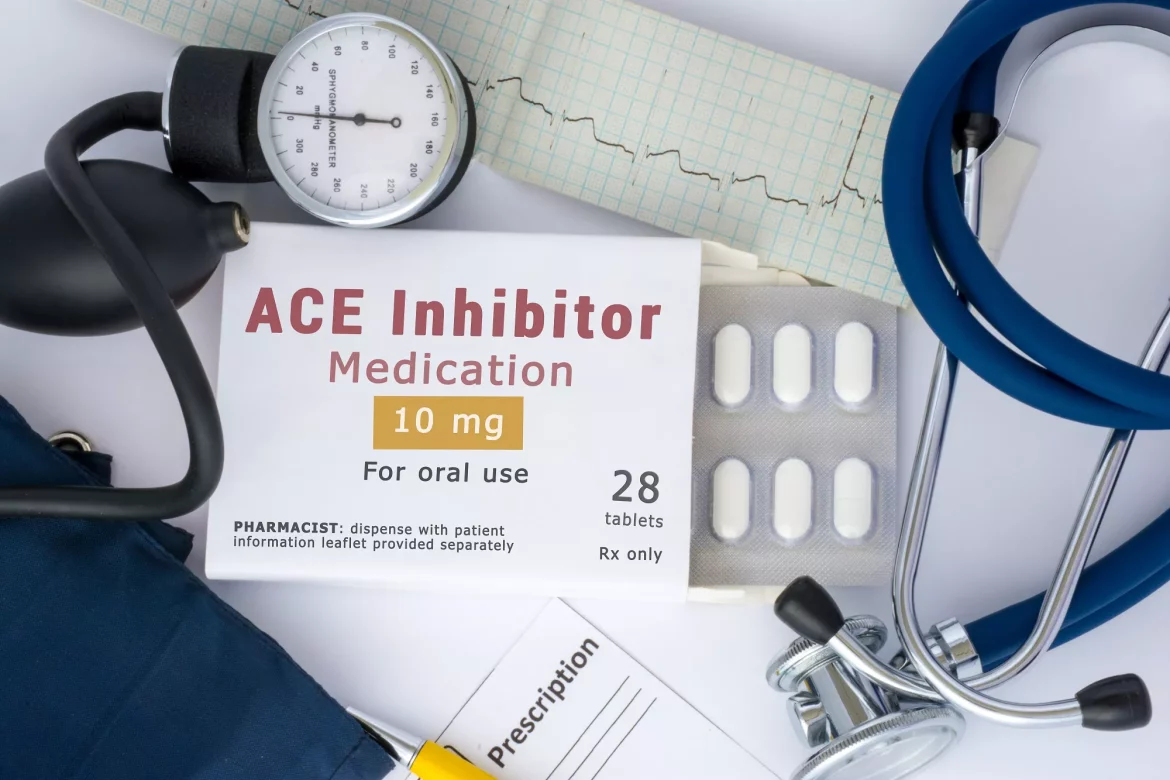Heart failure is a chronic condition in which the heart cannot pump blood effectively to meet the body’s needs. Angiotensin-Converting Enzyme (ACE) inhibitors are a cornerstone in the management of heart failure due to their ability to reduce mortality, improve symptoms, and enhance quality of life. This article explores the best ACE inhibitors for heart failure, discussing their mechanisms, benefits, and the evidence supporting their use.
What Are ACE Inhibitors?
ACE inhibitors work by blocking the enzyme that converts angiotensin I to angiotensin II, a potent vasoconstrictor. By inhibiting this enzyme, ACE inhibitors decrease the production of angiotensin II, leading to vasodilation, reduced blood pressure, and decreased workload on the heart.
Benefits of ACE Inhibitors in Heart Failure
- Reduction in Mortality
- Improvement in Symptoms
- Prevention of Hospitalizations
- Slowing of Disease Progression
- Enhancement of Exercise Capacity
- Commonly Used ACE Inhibitors for Heart Failure
Several ACE inhibitors are commonly prescribed for heart failure, each with unique properties and clinical evidence supporting their use. The most notable ones include:
- Enalapril
- Lisinopril
- Ramipril
- Captopril
- Quinapril
- Fosinopril
- Perindopril
Enalapril: The Benchmark ACE Inhibitor
Mechanism of Action
Enalapril is a prodrug that, once metabolized in the liver, is converted to enalaprilat, the active form. Enalaprilat inhibits the ACE enzyme, leading to decreased levels of angiotensin II and reduced aldosterone secretion.
Clinical Evidence
Enalapril has been extensively studied and remains one of the most evidence-backed ACE inhibitors for heart failure. The landmark CONSENSUS and SOLVD trials demonstrated significant reductions in mortality and hospitalizations for heart failure patients treated with enalapril.
Dosage and Administration
The typical starting dose of enalapril for heart failure is 2.5 mg twice daily, with gradual titration to a target dose of 10-20 mg twice daily, depending on the patient’s tolerance and clinical response.
Lisinopril: A Widely Prescribed Alternative
Mechanism of Action
Lisinopril, unlike enalapril, does not require hepatic conversion to an active form. It directly inhibits the ACE enzyme, leading to similar pharmacodynamic effects.
Clinical Evidence
Lisinopril’s efficacy in heart failure was established through the ATLAS trial, which compared high versus low doses of lisinopril and found that higher doses were more effective in reducing the risk of death and hospitalization.
Dosage And Administration
The initial dose of lisinopril for heart failure is typically 2.5-5 mg once daily, with the goal of reaching a target dose of 20-40 mg once daily.
Ramipril: Cardiovascular Benefits Beyond Heart Failure
Mechanism of Action
Ramipril is another prodrug that is metabolized into its active form, ramiprilat. It inhibits the ACE enzyme, reducing the production of angiotensin II and aldosterone.
Clinical Evidence
The HOPE study highlighted ramipril’s benefits in reducing cardiovascular events, including myocardial infarction, stroke, and cardiovascular death, in patients at high risk of vascular disease, including those with heart failure.
Dosage and Administration
For heart failure, ramipril is usually initiated at 1.25-2.5 mg once daily, with a target dose of 5 mg twice daily or 10 mg once daily.
Captopril: The First ACE Inhibitor
Mechanism of Action
Captopril was the first ACE inhibitor developed and has a shorter half-life compared to other ACE inhibitors, necessitating more frequent dosing.
Clinical Evidence
The SAVE trial demonstrated that captopril significantly reduced mortality and morbidity in patients with left ventricular dysfunction post-myocardial infarction.
Dosage and Administration
Captopril is typically started at 6.25-12.5 mg three times daily, with the aim of reaching a maintenance dose of 50 mg three times daily.
Quinapril, Fosinopril, and Perindopril: Other Effective Options
Quinapril
Mechanism: Quinapril is a prodrug converted to quinaprilat.
Evidence: Studies such as the QUIET trial support its efficacy.
Dosage: Initial dose is 5 mg twice daily, targeting 20 mg twice daily.
Fosinopril
Mechanism: Unique in its dual elimination via liver and kidneys.
Evidence: Effective in reducing heart failure symptoms and hospitalizations.
Dosage: Typically started at 10 mg once daily, targeting 40 mg once daily.
Perindopril
Mechanism: Metabolized to perindoprilat.
Evidence: The EUROPA study highlighted its cardiovascular benefits.
Dosage: Initiated at 2 mg once daily, with a target of 8 mg once daily.
Side Effects And Monitoring
Common Side Effects
Cough: Due to increased bradykinin levels.
Hyperkalemia: Elevated potassium levels.
Hypotension: Especially in volume-depleted patients.
Renal Dysfunction: Monitoring renal function is crucial.
Serious Adverse Effects
Angioedema: A rare but serious condition requiring immediate medical attention.
Neutropenia: Particularly with captopril.
Choosing the Best ACE Inhibitor
Patient-Specific Factors
Renal Function: Fosinopril may be preferred in renal impairment due to its dual elimination.
Tolerability: If a patient develops a cough with one ACE inhibitor, another may be better tolerated.
Frequency of Dosing: Once-daily dosing with drugs like lisinopril and ramipril can enhance adherence.
Clinical Evidence and Guidelines
Clinical guidelines, such as those from the American College of Cardiology and American Heart Association, recommend ACE inhibitors as first-line therapy for heart failure with reduced ejection fraction. The choice of ACE inhibitor can be influenced by clinical trial evidence, patient characteristics, and potential side effects.
Conclusion
ACE inhibitors remain a foundational therapy in the management of heart failure. Enalapril, lisinopril, and ramipril are among the most commonly used and well-studied options, each with robust evidence supporting their efficacy and safety.
The best ACE inhibitor for heart failure will depend on individual patient factors, tolerability, and clinical response, underscoring the importance of personalized treatment strategies in optimizing outcomes for heart failure patients.
This professional article explores the best ACE inhibitors for heart failure, detailing their mechanisms, benefits, and clinical evidence. It discusses commonly used ACE inhibitors such as enalapril, lisinopril, and ramipril, providing information on their dosage, administration, and side effects. The article highlights the importance of patient-specific factors in choosing the most appropriate ACE inhibitor and emphasizes the role of clinical guidelines in informing treatment decisions.

